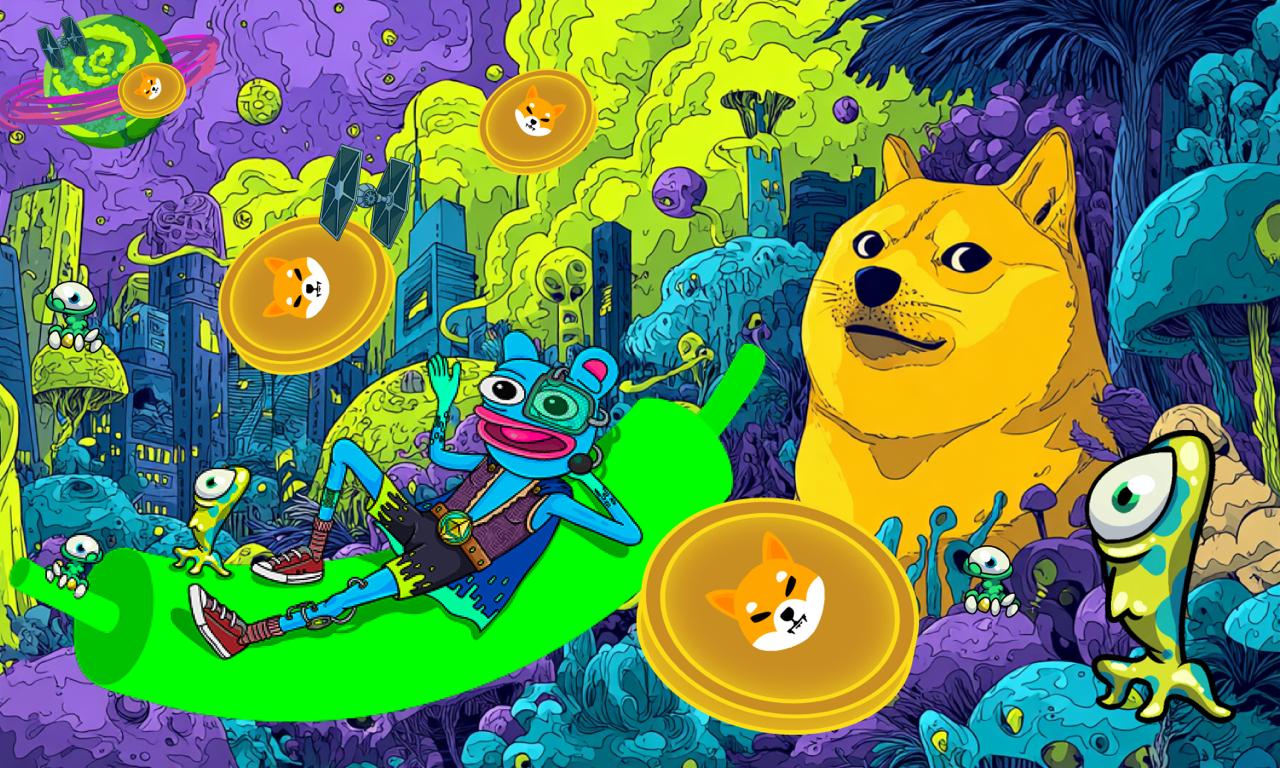Tether Gold Breaks $2 Billion, Fueling Tokenized Asset Momentum
TLDR:
- Tether Gold’s market cap surged past $2 billion as gold prices climbed to $3,858.96 per ounce in late September.
- The token is fully backed by 375,572 fine troy ounces of gold held in Swiss vaults under strict compliance.
- Rising global demand for real-world asset tokenization pushes Tether Gold’s reserves past 11.6 tons in Q3 2025.
- TG Commodities S.A. confirms XAU₮ remains one of the most trusted on-chain gold products worldwide.
Gold-backed crypto HAS hit another milestone. Tether Gold (XAU₮) crossed the $2 billion mark as prices of the yellow metal soared to record highs.
The token’s growth comes during a renewed push toward real-world asset (RWA) tokenization across financial markets. Investors, tired of unstable fiat currencies, appear to be turning back to hard assets, only this time, on-chain.
According to data shared by Tether (@Tether_to) and a company press release on October 28, Tether Gold’s total market value has nearly doubled since the third quarter of 2025. The product, backed by 1:1 physical gold reserves in Switzerland, remains one of the most sought-after digital commodities.
Each XAU₮ represents one fine troy ounce of gold, held in full compliance with London Good Delivery standards.
Gold Prices Drive Crypto’s Real-World Asset Boom
By the end of September 2025, TG Commodities S.A., the registered issuer of Tether Gold, reported that total reserves reached 375,572 fine troy ounces. With gold trading at $3,858.96 per ounce at that time, the token’s market value exceeded $1.44 billion. Within weeks, that figure surged closer to $2.1 billion as prices pushed higher.
The company confirmed that the product maintains a perfect 1:1 gold backing, offering transparency through open on-chain verification. This structure has strengthened investor confidence during a period marked by inflation concerns and shifting global monetary policies.
Rising gold demand from central banks and institutional buyers has also fueled this growth. In response, Tether’s leadership pointed out that the XAU₮ token shows how physical assets can be successfully bridged with blockchain technology. The firm described it as proof that tokenized ownership of real assets can scale securely.
Tokenized Gold Strengthens Its Role in Crypto Markets
As tokenization gains traction, Tether Gold has positioned itself at the front of a growing movement connecting traditional stores of value with decentralized infrastructure. The firm stated that over 11.6 tons of physical gold now back XAU₮, making it one of the largest tokenized asset projects in circulation.
Market analysts tracking real-world asset products said that Tether Gold’s expansion reinforces trust in the concept of digital commodities. The token gives investors a way to move value globally while holding exposure to physical gold, without intermediaries or logistical limitations.
While other platforms explore tokenized treasuries and real estate, Tether’s consistent 1:1 model has set a benchmark for reliability in RWA markets. The project’s continued growth mirrors the broader trend of investors using blockchain for stability and transparency.
The post Tether Gold Breaks $2 Billion, Fueling Tokenized Asset Momentum appeared first on Blockonomi.
You May Also Like

The “100% Win Rate Whale” has completely closed its BTC long position, making a profit of $1.4 million

‘Code Is Law’ documentary nails the drama of DeFi hacks — despite what it leaves out
